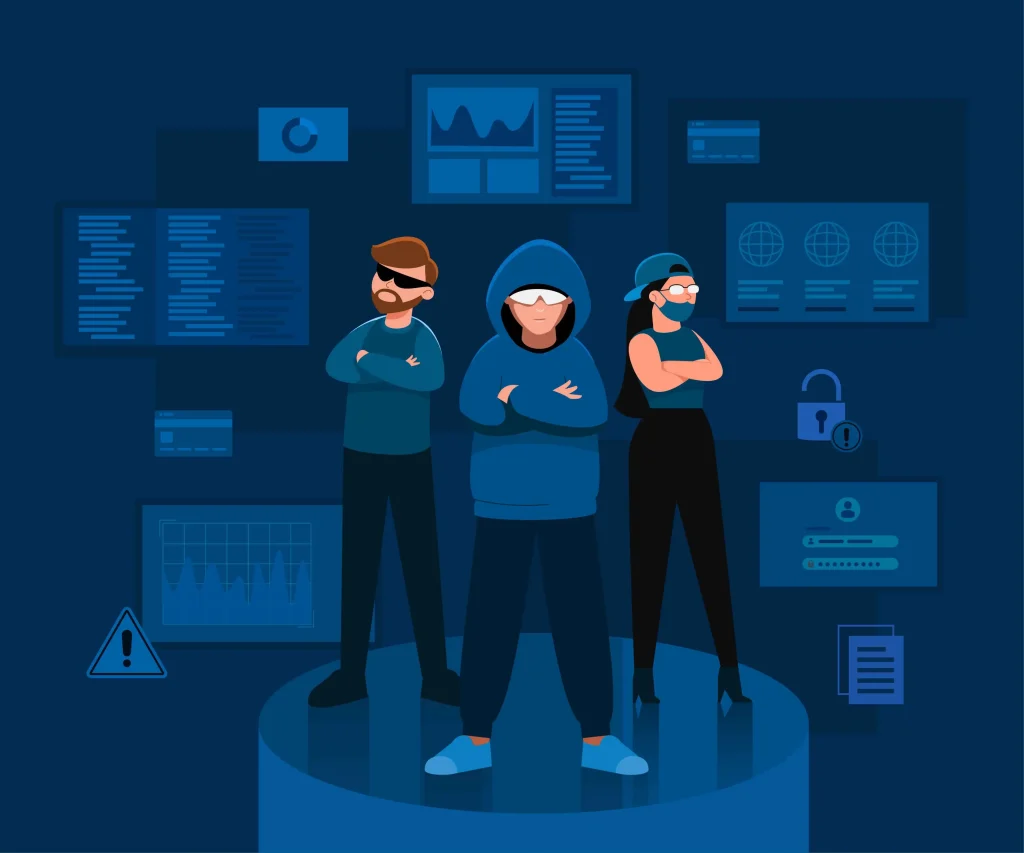Posted by Keyss
Surge in Demand for Cybersecurity Talent: Why the Skills Gap Is Widening in 2025
As organizations continue their rapid digital transformation, cybersecurity has emerged as one of the most critical talent bottlenecks in 2025.
According to industry reports, there’s now a 30–50% shortfall of qualified cybersecurity professionals — especially in specialized areas such as cloud security, zero-trust architecture, and AI-driven threat detection.
This shortage comes at a time when cyberattacks are increasing in both frequency and sophistication — targeting financial institutions, e-commerce platforms, government agencies, and enterprises of all sizes.
The result? Soaring salaries, intense hiring competition, and a race among companies to secure their digital assets with a workforce that simply isn’t large enough to meet the demand.
The Cybersecurity Landscape
The global cybersecurity market has grown exponentially over the past five years, driven by:
Rapid cloud adoption across industries.
Expansion of digital payment systems and remote operations.
The rise of hybrid IT environments and distributed workforces.
Analysts project that the global cybersecurity industry will reach $300 billion by 2026, growing at nearly 15–20% annually.
Yet, despite this growth, the world faces a widening skills gap — an imbalance between the number of cybersecurity roles available and the talent qualified to fill them.
Why the Cybersecurity Skills Gap Is Growing
Several factors are driving this global talent shortage:
1. Accelerated Digital Adoption
Post-pandemic, enterprises across all sectors — from fintech to healthcare — have fast-tracked digital transformation.
However, these rapid transitions often outpaced the ability of security teams to scale, leaving organizations vulnerable.
2. Cloud-First Strategies
The global public cloud market now exceeds $500 billion, and as workloads migrate to multi-cloud and hybrid environments, the demand for cloud security architects and DevSecOps engineers has surged dramatically.
3. Evolving Threat Landscape
Cyber threats are becoming more advanced, targeting everything from IoT networks to supply chains.
This requires not only traditional IT security professionals but also AI-augmented threat analysts and Zero Trust strategists — roles that remain scarce across the industry.
4. Talent Drain Across Borders
Many top cybersecurity professionals are being recruited globally by major tech firms and government contractors, creating regional shortages.
This “cyber brain drain” continues to widen the global talent gap, especially for advanced roles in cloud and AI security.
The Numbers Behind the Crisis
There are currently over 3.5 million unfilled cybersecurity positions worldwide, according to (ISC)².
A 30–50% shortfall exists across critical roles such as:
Cloud Security Engineers
Security Architects
Threat Intelligence Analysts
Identity and Access Management (IAM) Specialists
Security Operations Center (SOC) Engineers
Average salaries for experienced cybersecurity professionals have increased by 25–40% year-over-year.
Large enterprise hubs like New York, Austin, and San Francisco have seen record cybersecurity hiring demand, mirrored globally in major tech centers.
Impact on Businesses
1.Rising Security Risks
Without adequate human oversight, companies face greater exposure to ransomware, phishing, and insider threats.
A single breach can cause catastrophic financial loss and long-term reputational damage.
2. Higher Operational Costs
Organizations are paying a premium to attract and retain top cybersecurity talent — offering higher compensation, flexible work options, and training programs.
3. Project Delays and Compliance Risks
Security staff shortages often delay cloud migrations, compliance audits, and product launches, impacting digital transformation timelines.
4. Increased Automation Dependency
To compensate, many enterprises are deploying AI-driven security platforms to automate threat detection and response.
However, these technologies still require skilled experts to configure and interpret the data — underscoring the importance of human expertise.
Strategies Companies Are Adopting to Cope
Hybrid Talent Models:
Blending in-house teams with outsourced Security Operations Centers (SOCs) for 24/7 coverage.AI and Automation:
Deploying AI-powered threat detection and automated incident response tools to reduce dependency on manual monitoring.Upskilling Existing Staff:
Converting traditional IT professionals into cybersecurity roles through certification and training.Global Hiring and Remote Work:
Hiring cybersecurity experts from outside India or leveraging global security partners to fill local shortages.
The Outlook: Can the Skills Gap Be Closed?
The world has the potential to build a robust cybersecurity workforce, but it will require coordinated action between governments, academia, and private enterprises.
By 2030, experts expect the cybersecurity workforce to grow significantly, yet demand is projected to outpace supply unless education, awareness, and investment scale proportionally.
Corporate initiatives focused on diversity, early-career training, and reskilling programs will be key to bridging the gap.
Conclusion: The Human Firewall Is the Strongest Defense
In cybersecurity, tools evolve, but people remain the most critical line of defense.
The global shortage of cybersecurity professionals isn’t just an HR challenge — it’s a business continuity and national security issue.
Companies that invest early in building, training, and retaining cybersecurity talent will lead the digital economy of the future.
Because in 2025 and beyond, the next big security breach won’t be caused by weak firewalls — but by the absence of skilled defenders.

